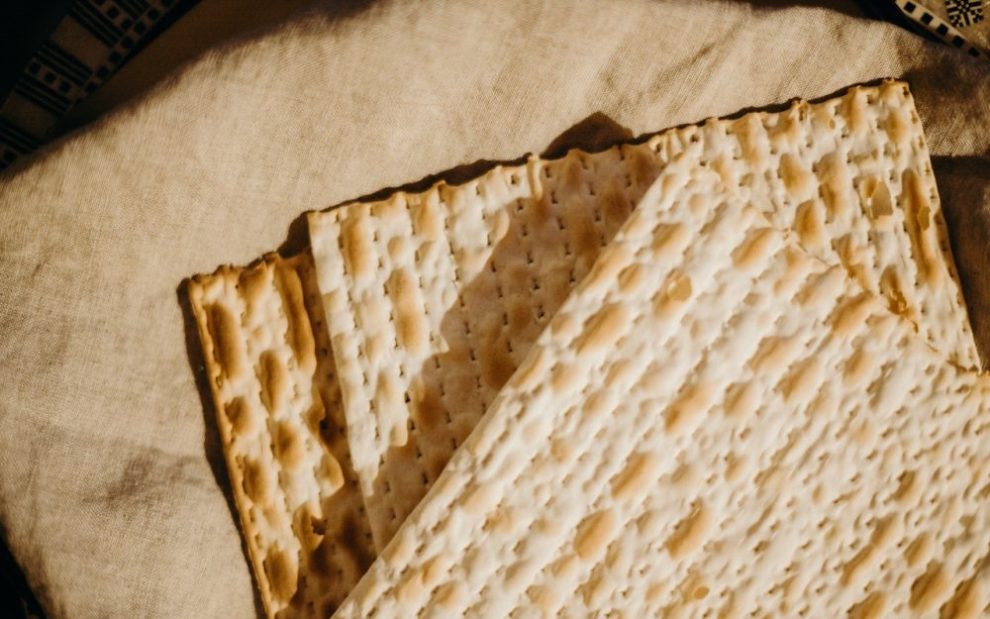Every Good Friday, Catholics hear a sermon about the crucifixion of Jesus. Perhaps that sermon may reference Temple leaders calling for Jesus’ crucifixion or the collective guilt of Jews for his death. In the past, antisemitism was built into the liturgical celebrations surrounding Good Friday and Easter. There were prayers for the conversion of “perfidious Jews.” In the Middle Ages, these sermons often led to pogroms against Jewish communities. While Jewish families were observing their Passover meal, Christians were demonizing Jewish people and the Jewish tradition in their own liturgies.
So, should Catholics celebrate Passover?
Passover, an annual celebration of resilience and survival, is a central liturgical element of Jewish life. It also encapsulates the Jewish diaspora more broadly with a recognition of constant, existential threats to Jewish communities and way of life. It is the central expression of the Jewish narrative arc: A hostile force threatens, subjugates, and attempts to destroy us, but we survive, celebrate, and pass the story of liberation on to future generations.
This is one reason why Jews regard Christians who adopt Jewish liturgical practice such as the Seder meal, or the Jewish Passover dinner, with suspicion. These liturgical practices can include the “Christian Seder”—a ceremony using the liturgical structure of a Passover Haggadah with the addition of Christian elements, including prayers to Jesus and discussion of Holy Week liturgical elements.
Part of what makes Christianizing the Seder offensive is that for centuries the principal threat was Christians. For centuries, Christians acted as the Egyptians did, suppressing the same liturgical observance some now want to claim.
In addition, while Jesus and his disciples observed a Passover meal commemorating the Exodus, it did not look like the modern-day Seder. The structure of the Jewish Seder is outlined in the Mishnah, a collection of laws from the oral tradition that supplement scriptural laws. Rabbis wrote some of this scriptural commentary in Jesus’ lifetime, but it was not compiled until 200 C.E. The Haggadah—the text that sets forth the order of the Passover Seder—as used today, which recognizes the Jewish diaspora, is dated, at its earliest, to the ninth century C.E. Conflating the Passover Seder with the Last Supper is anachronistic and dismisses the living, changing nature of Jewish religious practice and rituals.
The role of the Passover feast in Holy Week and the paschal imagery is central to Catholic liturgy and the tradition of the Eucharist. However, it is contrary to Catholic teaching to “baptize” Jewish liturgy by superimposing Christian symbolism on a practice central to Judaism. Both Nostra Aetate (On the Relation of the Church with Non-Christian Religions) and the U.S. Conference of Catholic Bishops’ document “God’s Mercy Endures Forever” prohibit Christianizing the Seder. These documents do encourage Catholics to observe a Passover Seder, along with other Jewish liturgical forms, at the invitation of Jewish communities. This provides an opportunity for learning and building relationships between Christians and Jews.
This article also appears in the April 2023 issue of U.S. Catholic (Vol. 88, No. 4, page 47). Click here to subscribe to the magazine.
Image: Pexels/Cottonbro Studio













Add comment